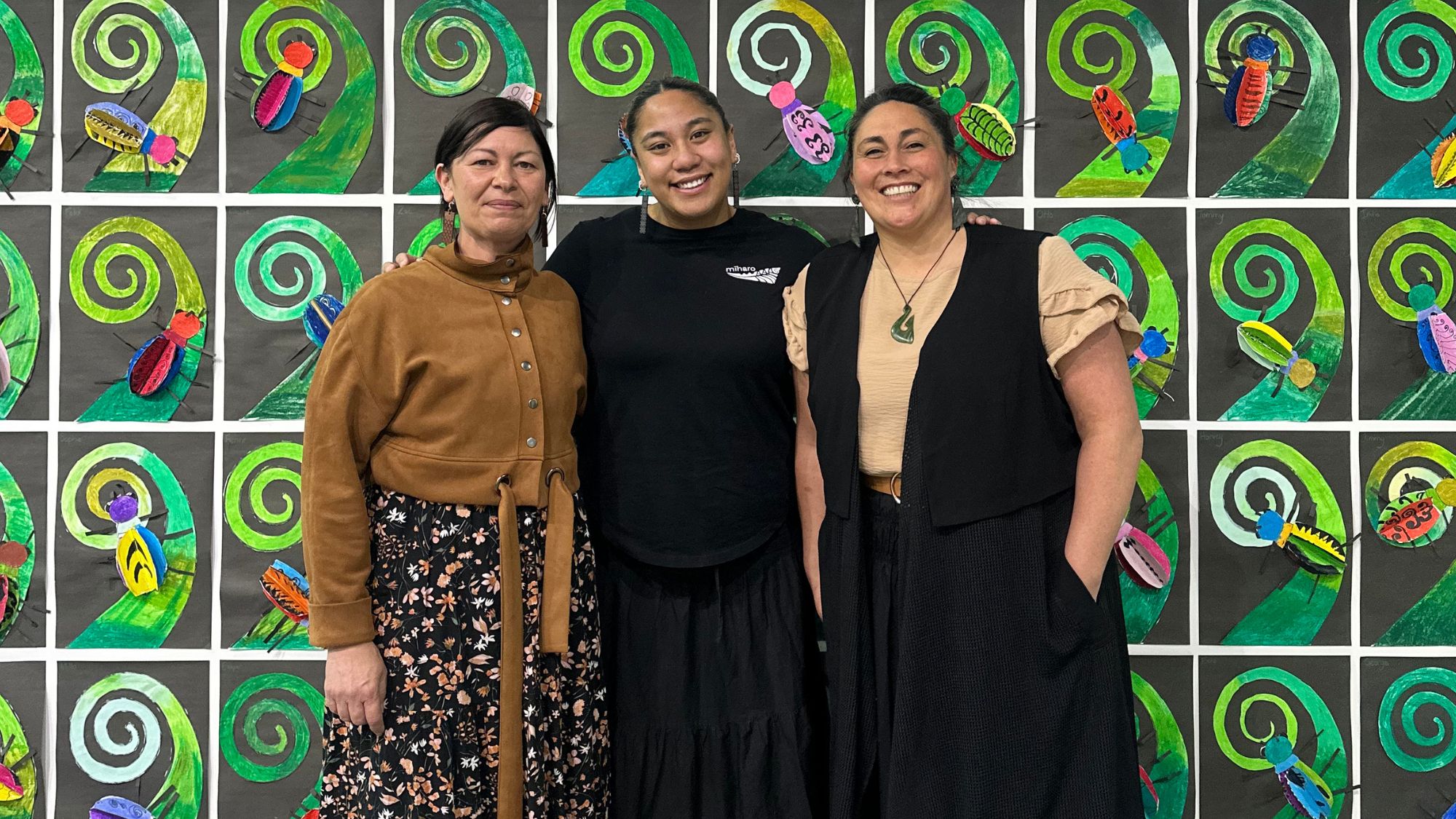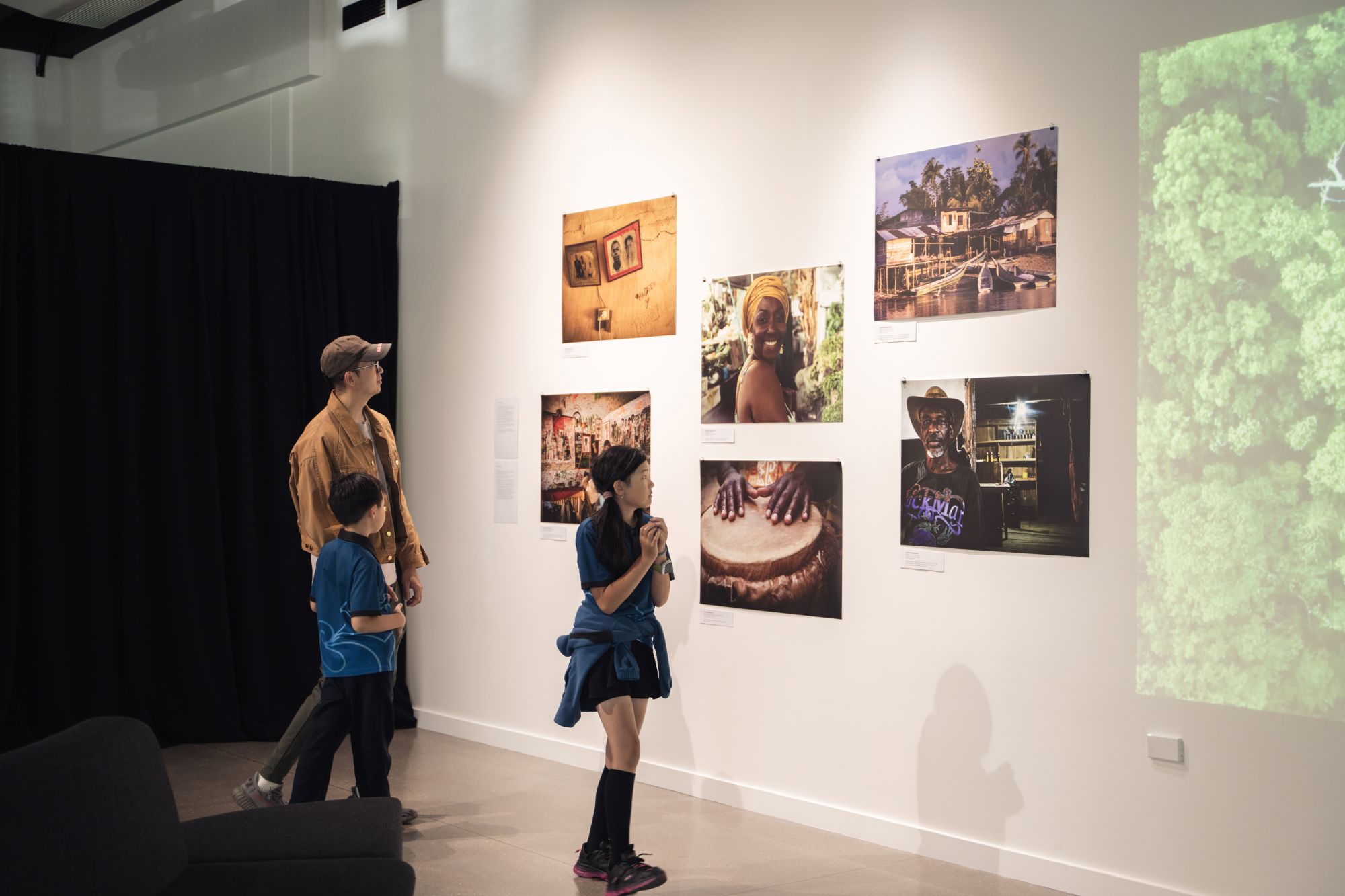Elemental - an essay by Nicola Mutch

An essay for the 'Elemental' exhibition featuring six artists: Rowan Giselle Holt, Niki Henipaiaro White, Ruby Wilkinson, Shannon Courtenay, Brigid Allan and Koko. Displayed from June 27 to September 3, 2025.
Amidst the rocky seas of life, the urge to anchor ourselves, to reach towards what’s real, can be immense.
And so often, in these moments, nature saves us.
Look to the mountains, it invites. Notice the shape of leaves. Work with the rhythms of the tide.
Aotearoa New Zealand’s extraordinary environment is most generous in this regard, over-delivering on all the beauty and resources and energy we need.
Its elemental forces - earth, fire, water, air - bring us to the foundations of our world, our existence. For many artists, they provide the raw materials for creation. They offer an inarguable touchstone, a point of departure and return. Yet no quest for truth is without peril. As with love, to expose oneself to the elements is an invitation to live deeply, experience vulnerability, and risk a lesson in foolhardiness.
In Elemental, an exhibition at Te Atamira, Tāhuna Queenstown’s arts and cultural centre, a collection of artists from across Aotearoa New Zealand each offer a perspective on the impulse towards the essential.
In doing so, they share a practice of art-making that is in itself a relationship with this environment - drawing from it for materials, honouring it through representation, and finding in it a sense of place.
As metalworkers and ceramic artists respectively, Niki Henipaiaro White and Shannon Courtney’s sculpture installations draw from the earth’s elements in its most literal sense.
As a raw material, the metal Niki works with is only ever a few processes from the crust from which it was mined. The elements of copper and zinc are made molten by fire and alloyed as brass, her treatments of heating and beating extensions of nature’s fierce process of creation.
For Niki, in the tradition of the great pounamu carvers she reveres, her art is a physical expression of her commitment to channelling the wairua of her environment, and the mauri of her materials.
Raised on the Taranaki coast, and now living at Lake Hāwea, Niki describes her daily ritual of walking with her dog, taking in the extraordinary landscape of lake and mountains. It’s a theatre that’s emphatic in its permanence, yet never the same twice.
Likewise, in her work, each plaque offers consistency and individuality. Collectively, they move with the moods of light and seasons. Drawing upon ancient and contemporary metalworking practices and her sensibility as a jeweller, the result is precious and grounding.
Shannon Courtney similarly expresses an engagement with the land. Its earth is the mother of ceramic art; the endlessly variable forms nature shapes it into are the specific geographies that define us.
For Shannon, the Ōrau Cardrona Valley is home and context for her sculptures. It’s a world of golden hills and promises, where we find both stillness and constant movement of wind and water.
Her work Formations responds to its humbling beauty in the ways humans always have - with quiet reverence. The work offers two pillars or cairns; 12 further rocks suspended on the wall refer to the calendar year. The elements offer a frame to navigate and mete out our lives.
The dramatic natural environment is similarly dominant for textile artist Rowan Giselle Holt. Her studio is attached to Rakiura Stewart Island’s slipway, its feet planted in Halfmoon Bay with a fat sea lion living below. Her commute is a coastline of curiosities, and crayfish are currency. The township gives way to thick bush within metres.
It’s charming, certainly, yet underpinned by an island community’s remoteness, resourcefulness and utter respect for the ocean - an elemental force that finds a home throughout Rowan’s works.
With a background in fashion and a Master of Fine Arts in textiles, Rowan’s work has long drawn on the language of fabric-making - stitching, weaving - to explore fundamental questions of place, history and connection.
The works in Elemental bring an urgency to this exercise. Using cotton rag paper that’s been soaked, dyed, warped, burned, enamelled and more, she weaves a world of organic, sculptural reliefs.
The criss-crossing of the warps and wefts set the tempo for each work. Where the technical exactness of the korowai is stately and reverent, a limpet undulates as if seen through gently rippling water.
Tree is both rugged and intricate, suggestive of hessian sacking that has been worn out by use.
Elsewhere the weave becomes more haphazard, like the knot of a kelp root wrenched from a rock, or hurriedly patched sails battling a southern storm.
It’s a world at the mercy of time, tides and weather, where the inescapable forces of nature bring life, character and chaos, and demand attention.
This sense of the very light and air around us mediating our experiences is explored further by Ruby Wilkinson with her work, Parade.
Living on Pōneke Wellington’s rugged, windswept south coast, and raised among the bush-clad Waitakere ranges in Tāmaki Makaurau Auckland, the environmental conditions have long maintained a visceral presence in her work.
In Parade, golden light suffuses through tones of ochre and rust painted on a vast calico veil. She builds a thick atmosphere that both obscures and reveals. Images and ideas emerge as suggestions - of movement, noise, flame, smoke. A mood. A memory.
Where we have seen artists ground strongly in the materiality of the natural world, Ruby offers us an essence.
Brigid Allan continues this exploration of light, perception and abstraction, working in the medium of cyanotype. It’s a process that reaches back to the origins of photography and was revolutionary in offering a means for creating reproductions. For the first time, we could produce an image of an image.
But these are no replicas. The process delivers its proxies in Prussian blue. The chemicals and materials -and the artist’s hand that introduces them to one another - all have their own character. The result is unpredictable, gestural; the element of chance becomes part of the art itself.
Allan then takes this this process of abstraction the step further that makes humankind such a remarkable species -into the written word.
Working in collaboration with the poet Koko, Allan draws viewers closer to examine the text. The words are imbued with physicality, describing breath, bodies, movement. The images they generate are those we imagine.
We - creatures of the earth, blessed and burdened with consciousness - live with our pendulum of truth and doubt. We seek hungrily for what is essential and real. But the second we touch it, we test it.
These are artists whose work is drawn from but does not replicate the natural world. They extend the dialogue, exploring light, texture, gravity. They ask how we fit into this space, how to do it justice, what to make of it.
Inevitably, the meanings we ascribe are projections. But in doing so, we give ourselves the time and space to look closely, to consider. To be.
PRAYING
It doesn’t have to be
the blue iris, it could be
weeds in a vacant lot, or a few
small stones; just
pay attention, then patch
a few words together and don’t try
to make them elaborate, this isn’t
a contest but the doorway
into thanks, and a silence in which
another voice may speak.
Mary Oliver
Nicola Mutch holds a BA (Hons) in Art History and Theory, a PhD in corporate social responsibility (including arts funding) and was previously an art reviewer for the Otago Daily Times. She now lives in Wellington working as a communications specialist in the science sector and maintaining her interest in the arts and the natural world.










